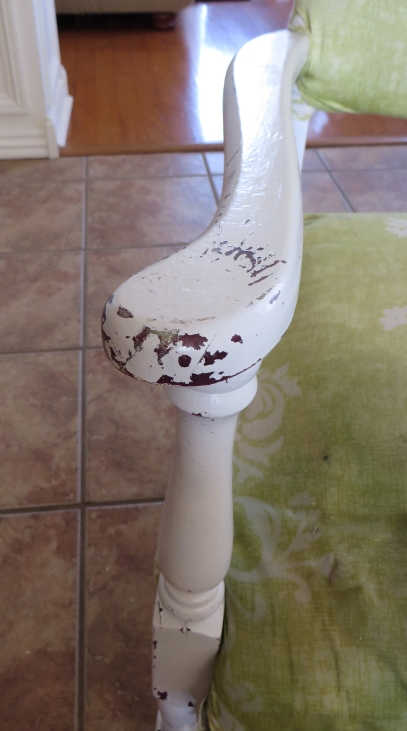Growing Knock Out roses
Knock Out roses are hardy little plants and super easy to grow!!
Two years ago I built a flower bed in an area where I have trouble getting grass to grow because of the drainage in my side yard and planted 5 little rose bushes.
They get plenty of sun throughout the day and evening, and when they bloom...OMGosh...A.M.A.Z.I.N.G.
I planted these two light pink bushes years ago next to two "real" rose bushes. They too were just tiny little "bushes" when I first planted them!
(This gate door is actually the neighbors...it bores me! I am searching Pinterest for some inspiration to doll it up...maybe a pergola kinda thing....someday!)
The "real" rose bushes died long ago...probably because I have NO idea (or interest) how to maintain a "real" rose bush. Just too tedious and fininicky for my gardening tastes. They did produce beautiful roses perfect for cutting. I always thought they were something I could manage until I read my grandmother's old letters to my great-grandmother and she wrote about all the pruning and fungus and pest control and special fertilizers and blah, blah, blah.... I wasn't real torn up when they finally bit the dust. Nor did I feel terribly guilty.
I want plants that need a little sun (or shade), water and occasional fertilizer....not prima donnas that have to be properly pruned and groomed and constantly attended to. (I have enough problems battling slugs, heat and crown rot just to get my hostas through the year!)
Knock Out roses fit the bill and have amazing blooms all spring, summer and fall! The flowers are not something you will cut and use in the house...I tried...they wilt pretty quickly, but they are beautiful plants in the yard.
One word of warning...they will NOT naturally climb...and as they get bigger they can get "leggy" so it is best to put them somewhere where you can tie them up. I use plain ole' string or burlap ribbon to stand them up along my fences. I do have to prune them back in the fall and remove the dead "wood." No biggy as long as you wear gloves. Unlike "real" roses, there really is no "murderous" way to prune them...one year I took a weedeater to a few (probably not advisable!)
This is one I rescued from my apartments last year...it was still in it's original pot and was pretty much dead....
I brought it home, planted it in my flower bed...some decent soil, lots of water and a little fertilizer and presto....beautiful!
(I thought Cleo was being sweet and smelling the roses....she wasn't...she was eating them!)
If you have a fence that needs "screening" or a full sun bed that needs a pop of color, this is a perfect plant! They can easily be pruned back if you want to keep the plant smaller and more compact!
I did lose a beautiful pink tea rose bush this year I had in my side bed. Not sure what got it...maybe old age, maybe disease or bugs, harsh winter...it was over 12 years old...who knows. No biggy...Katie got me a beautiful hydrangea for Mother's Day and it filled the spot perfectly!
As I have shared before, the BEST time to buy any perennial is in the early summer...usually after they have lost their "forced blooms" and aren't nearly as attractive. Most garden and home improvement centers will mark them down considerably...just plant them in a well composted spot, water well and watch them grow and bloom year after year!
When planting any flower or bush, whether it is an annual or perennial, make sure you pay close attention to what type of "sun" or "shade" they prefer. I have found that, more than anything, it makes the biggest difference on whether the plant with thrive or struggle long-term!
Get out and enjoy your yard...even if you have a small yard or just a little patio or porch area, get out and get your hands dirty. Even if you just start with one little container plant! Gardening is honestly something you LEARN to love. Truth be told, I don't have a live plant in my house, and I have even managed to toss most of the fake stuff!
For me, flower gardening is a natural "anti-depressant" and spending time tending to my plants is always time well spent!











